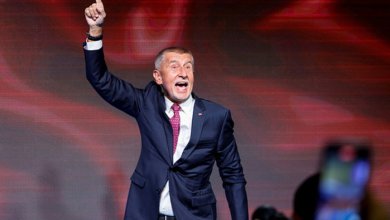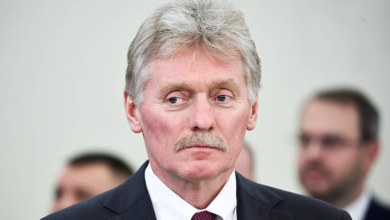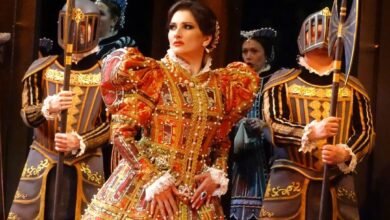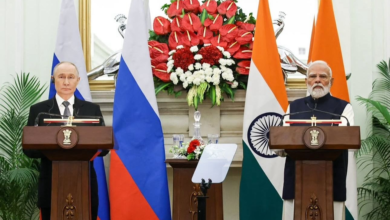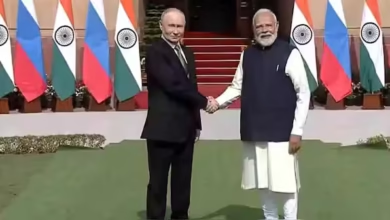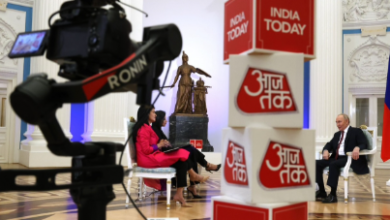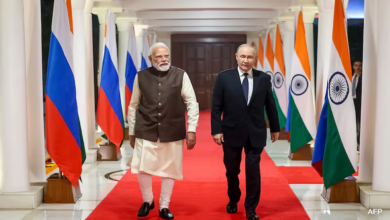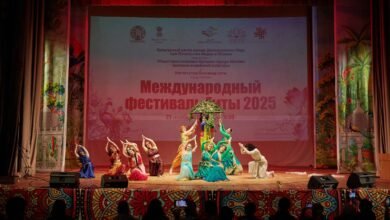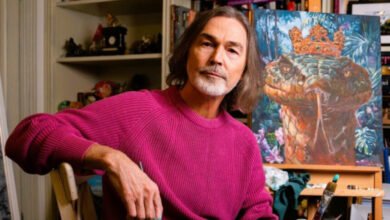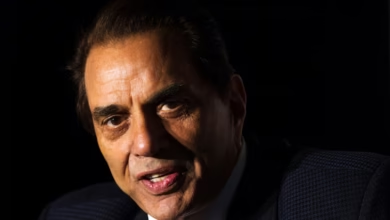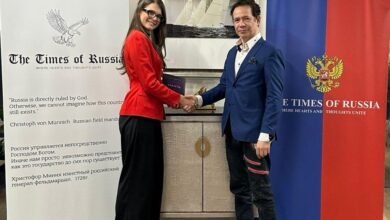"White Hieroglyph": Bridging Russia and Japan Through Music
Music becomes the bridge between Russia and Japan

Photos by ©️Kentaro Igari
On December 7, 2024, the Chamber Hall of the Novosibirsk Philharmonic hosted a sold-out concert “White Hieroglyph” as part of the White Festival. The performer was Tomona Miyazaki, a Japanese pianist who received her education in Tokyo and continued her journey at the Moscow Tchaikovsky Conservatory, where she completed her postgraduate studies under Professor S.L. Dorensky.
The evening’s program seamlessly combined Russian classical music and Japanese compositions. In the first half, Tchaikovsky’s “Dumka” was particularly memorable. The performance demonstrated Tomona Miyazaki’s deep understanding of Russian musical culture, bringing fresh breath to the interpretation of familiar melodies. Each measure conveyed the performer’s sincere love and profound respect for Russian culture. Her interpretation of familiar melodies revealed new facets of the works, allowing listeners to hear the well-known music in a new light.
In the second half, the audience was introduced to the cycle “Pilgrimage to the 88 Temples of Shikoku” – a musical journey along Japan’s ancient pilgrimage route. The composition “Zentsuji Temple” was especially impressive, inspired by the unique underground corridor “Kaidan-meguri”. In this corridor, pilgrims walk their path in complete darkness, symbolizing spiritual purification and self-discovery. Miyazaki successfully conveyed this mystical journey of self-discovery through her music.
An interesting addition was the “Japanese Fantasy” by Russian composer Vyacheslav Bryukvin, where a contemporary interpretation of Japanese themes created a lively musical dialogue between cultures. The entire program featured delicate, precisely calibrated sound, while the Japanese pieces particularly highlighted the characteristic features of national culture – sophistication, tenderness, and refinement.
Tomona Miyazaki actively develops cultural ties between Japan and Russia. She serves as the cultural attaché for the Nadezhda von Meck International Charitable Foundation in Japan and is one of the directors of the Japanese-Russian Association “Tchaikovsky – Nadezhda F. von Meck”. Since 2014, she has also served as tourism attaché for her hometown of Takamatsu on Shikoku Island.
For Tomona Miyazaki, music is not merely an art form but a vital instrument of public diplomacy. She deeply understands her role as a public diplomat, considering Russian Foreign Minister S.V. Lavrov’s work as the epitome of diplomatic artistry. In her conviction, cultural exchange between countries can build lasting bridges of understanding even during the most challenging periods of international relations.
As a board member of the Russian-Japanese Association “Tchaikovsky – Nadezhda F. von Meck,” she leads extensive efforts to preserve and popularize the great composer’s cultural heritage. The Association’s primary goals are to translate the complete correspondence between Tchaikovsky and his patroness Nadezhda von Meck into Japanese, to support talented young musicians by fostering connections between performers and patrons, and to make classical music more accessible to audiences of all backgrounds. A significant event was the broadcast of historical correspondence between Tchaikovsky and Nadezhda von Meck on Japanese television on December 18, 2024. This was made possible through the active support of Association President Yasushi Nakagawa, President of the Nadezhda Filaretovna von Meck International Charitable Foundation Denis Andreevich von Meck, and the P.I. Tchaikovsky State Memorial Musical Museum-Reserve in Klin.
On the day of the concert, Tomona also participated in the charitable project “Drawing Music,” where young artists created works inspired by her performance. These drawings will become part of the multimedia presentation at her future concert in Tokyo in September 2025.
The “White Hieroglyph” concert demonstrated how music can unite different cultural traditions, creating a space for mutual understanding and creative dialogue.
